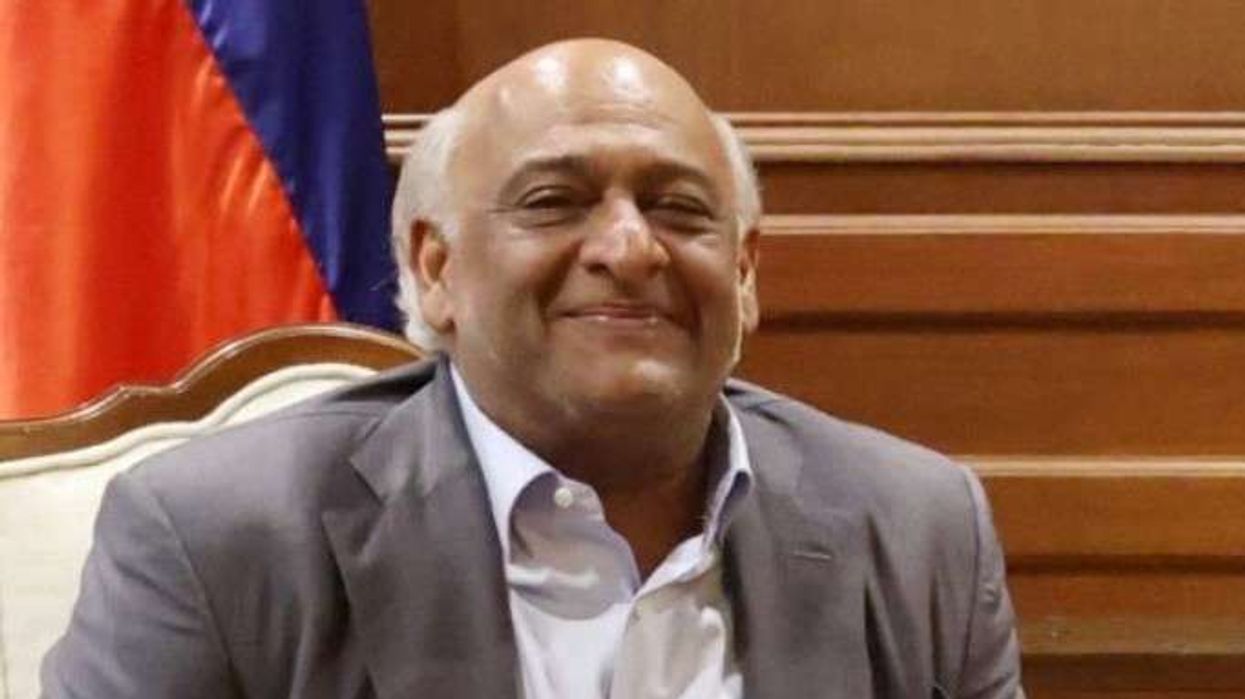Western luxury fashion brands are increasingly eyeing the affluent Middle Eastern market by launching exclusive collections for Ramadan, featuring flowing kaftans, fluid separates, and glamorous maxi dresses.
Cosmopolitan Middle East magazine recently declared that with these collections, "You're about to be the best-dressed person at every iftar and suhoor that you attend," referring to the meals before and after the daily fast during the Muslim holy month.
Leading luxury brands such as Louis Vuitton, Versace, and Gucci have unveiled handbags, shoes, sunglasses, and clothing in pastels, florals, and embroidered prints.
Gucci's 2023 Ramadan collection, "Nojum," meaning "stars," draws inspiration from the night sky and includes deep purples and daywear options for men.
"Luxury brands know more now about our local culture, our Islam. You can see abayas and jalabiyas, Ramadan and Eid collections in the windows of luxury brands," said Moza el Katbi as she shopped in the Mall of the Emirates in Dubai.
Feriale Faraj, an Iraqi residing in Jordan, who was on a visit to her son in Dubai, expressed her delight at the opulent shopping centre and the displayed luxury brands.
She said that it was encouraging to witness such offerings and added that she felt happy seeing these collections, even if she didn't buy them. While admiring the displays of Dior and Louis Vuitton, she also noted that the Oriental style was equally beautiful, and not just Western fashion.
Luxury brands releasing Ramadan collections reflects the Middle East's emergence as a significant market for fashion, with demanding consumers who are among the world's highest spenders.
E-commerce is booming, influencers from the region have growing clout, and women are playing an increasingly active role in the workforce.
Euromonitor analyst Marguerite Le Rolland said that changing consumer behaviour, the post-pandemic shift of international luxury spending, and the region's strong economic prospects make it attractive for brands to invest in.
According to her, global brands are looking to diversify as Europe's economy is vulnerable to the impact of the Ukraine war, while lockdown policies due to Covid-19 in China have caused uncertainty in that major market for luxury brands.
Luxury brands take different approaches to branding their collections for Ramadan, with some specifically targeting the occasion and others simply referencing the "sacred season".
Founder of Dubai-based Karta cultural marketing group, Sofiane Si Merabet, emphasised the importance of authenticity and local involvement in brand campaigns for Ramadan.
(With inputs from AFP)












